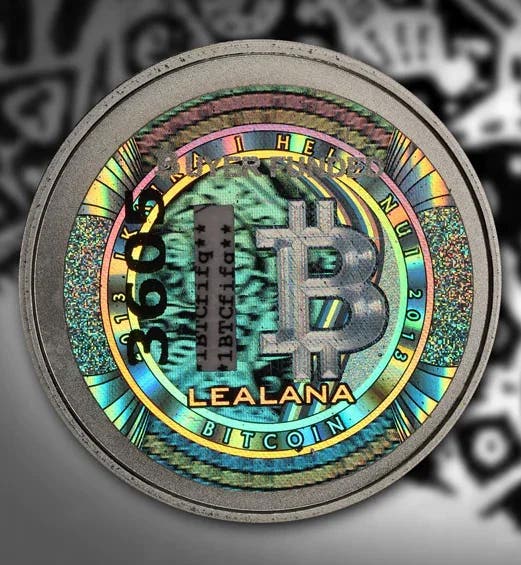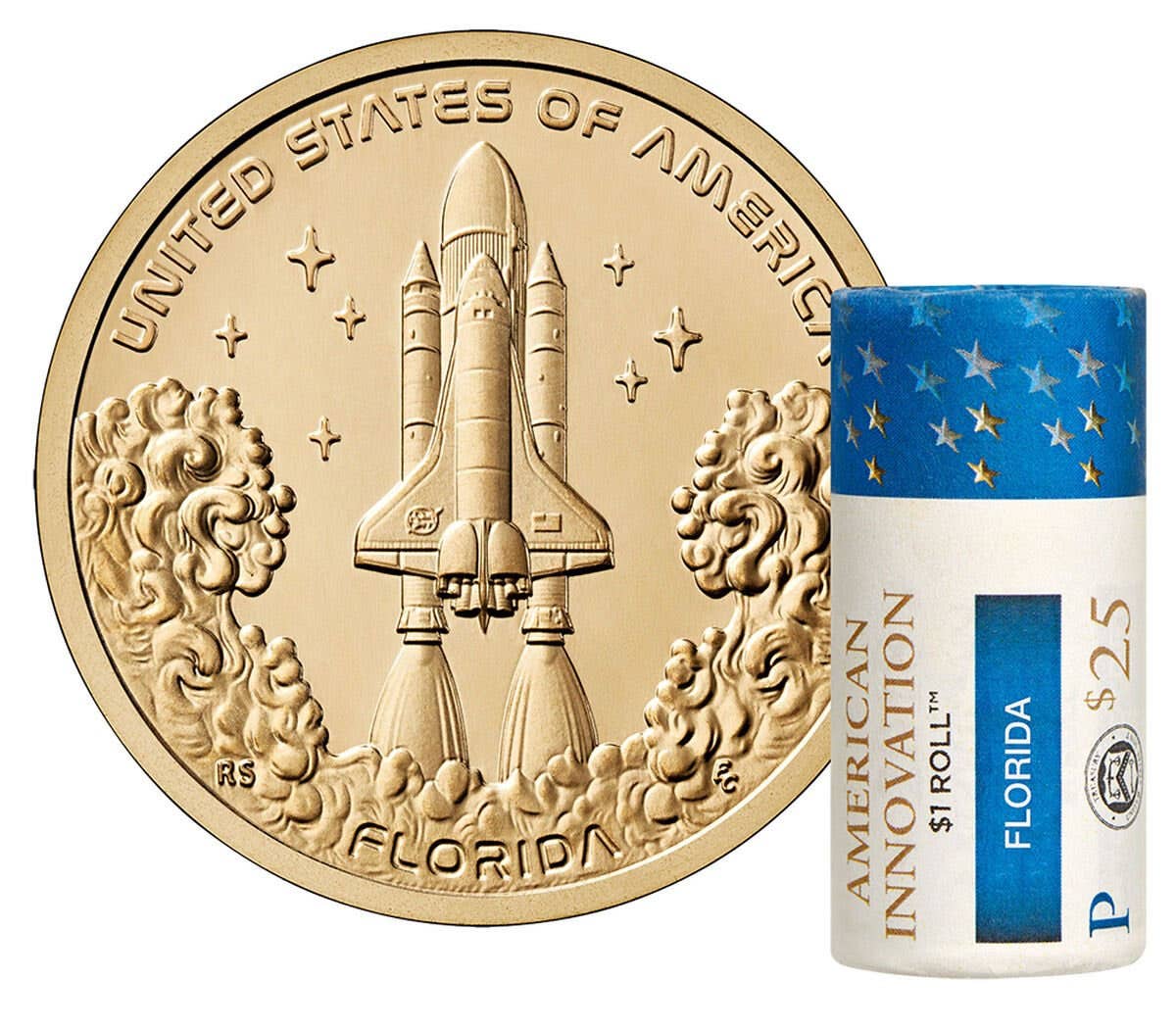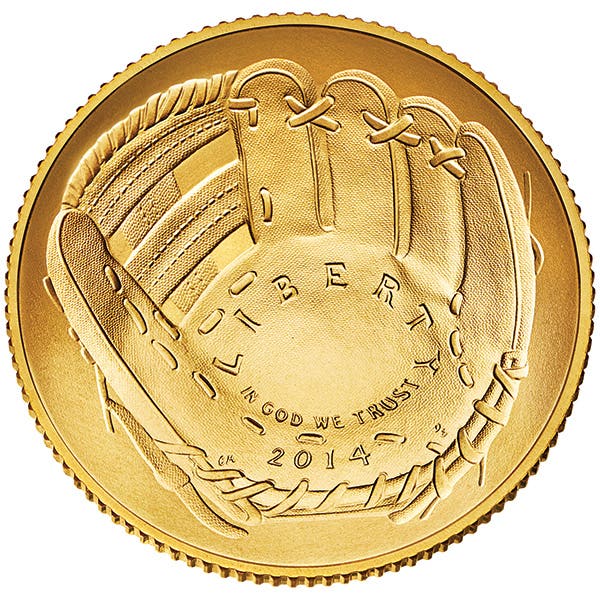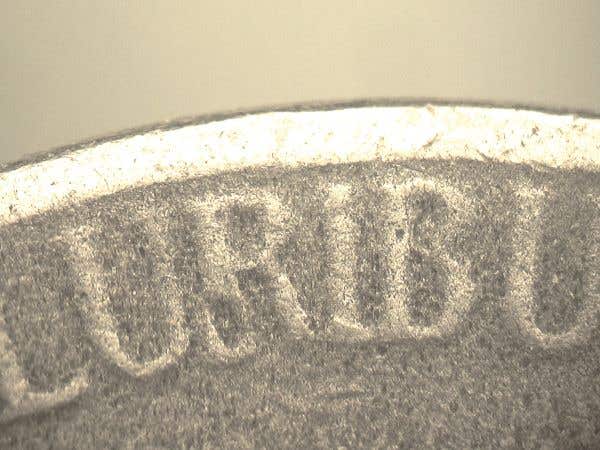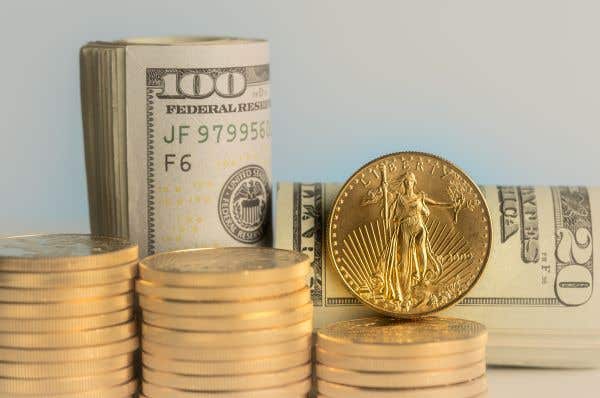This week’s letters (10/18/11)
I am 71 years old and have been collecting coins for most of those years. I would like to leave my collection to one or more of my grandchildren. The problem is, I cannot get any of them interested in the hobby. I have been trying for years (the oldest is now 19).
U.S. could learn from Japanese currency system
Having lived in Japan courtesy of my rich Uncle Sam’s Navy, and having traveled there again last year, I would like to compare money systems.
Japan long ago went to an aluminum 1 yen, similar in value now to our cent. It uses a brass 5 yen (with a hole), like our nickel, but changed to a copper 10 yen, about the size of our quarter. Then it moved to cupro-nickel 50 yen (with hole) and 100 yen coins, roughly worth $1.20 at current exchange rates. The largest coin is now a 500 yen (about $6), similar to our Sacagawea dollar.
The 100 and 500 yen coins are used in every vending machine in the country with no problems. Some machines use the smaller coins as well. This is a smooth working system, with no noticeable problems.
Going to a currency system similar to Japan’s would require a quantum leap. Its 1,000 yen note, the smallest bill, is roughly worth $12. Next is the 5,000 yen note, about $60 currently, and the 10,000 yen, about $120. These three are the only regularly used notes. There also is a commemorative 2,000 yen note issued in the year 2000, which is found about as often as our $2 note.
This system works very well for the very efficient Japanese society, and I highly recommend Americans visit our safe, friendly ally while our exchange rate allows.
If we were to move in this direction, we should stop printing $1, $2 and $5 notes, and stick with $10, $20, $50 and $100 denominations. At the same time, we should go to $5 coins and change all of the metal compositions of our coins. It’s a new century, let’s move forward.
Stephen Nemeth
Hilo, Hawaii
Post on rounding up calls to mind local news story
The Sept. 21 “Buzz” post about rounding up reminded me of a phone call that I received earlier this year from a writer at the Ft. Myers News-Press.
Apparently, there is a local restaurant that has a rounding up-only policy and the News-Press wanted my opinion on the policy. The catch is not only do they round in one direction, but they round to the even dollar amount (i.e., a bill for $21.15 would be rounded to $22).
Obviously, this rounding policy increases the restaurant’s profit margin.
Gary Lewis
Cape Coral, Fla.
Reader sending NN poll responses to Congress
The input from readers on the cent and nickel was really good. I’m going to send a copy of the Sept. 27 issue to my congressional representatives. Hopefully they will get a sense of how some of the folks in the hobby view the issue. I liked the “middle ground suggestion” by one of the readers, which was to eliminate the business strike cent and just issue it as a proof. Downsizing the nickel was another good suggestion. Vending machines would not be impacted if the owners simply put a permanent plug in the machines so they couldn’t accept nickels or they could do a modification to accept a re-sized nickel.
However, if it were up to me, I would be a little more ambitious and would downsize the nickel to the size of a dime. I would up-size the dime to nickel size. In both cases I would use a less expensive metal. However, this suggestion would impact the vending machine industry to a greater extent than is probably politically achievable.
Bart Bartanowicz
Address withheld
Dollar coins save money that can be spent on jobs
I am amazed that during this economic downturn, the ANA and all coin collectors have not been storming Congress to stop printing the dollar bill in favor of the dollar coin.
From what I’ve read, the GAO has said that this simple, no-jobs-lost action would save us around $3 billion in about 30 years. That’s a lot of teachers.
Bob Skagen
Phoenix, Ariz.
Non-retired coin dealer pleased by reader response
I just received my Sept. 27 Numismatic News. I need to respond to a couple things in that issue. To Mr. Schmeyer and anyone else interested, every single story I have written is absolutely true and did happen. I’m glad people are enjoying my scribbles.
In response to the editor’s note at the end of my story in the Sept. 27 issue, stating that I am a “retired coin dealer,” I am not retired. I conduct quite a successful coin business, keeping regular hours from 8 to 11:30 a.m. When I am busy, I also work in the afternoon. I also manage 18 acres with two very large gardens, a nut orchard, etc. I am 89, but not retired.
I’m sure Mr. Schmeyer and I would get along famously and enjoy one another’s company, but please order me a diet soda instead of a beer.
John Queen
Wellston, Ohio




